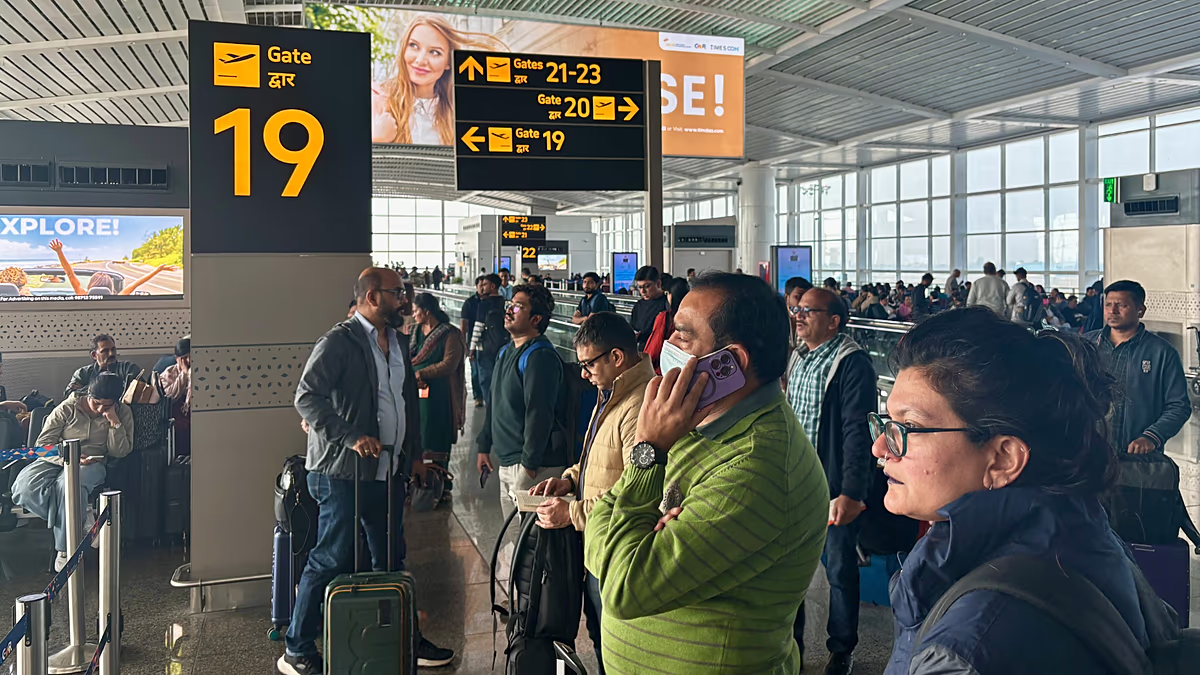Amsterdam’s Tourism Challenge: Finding Balance Amid Growing Tensions
Amsterdam, with its picturesque canals, historic architecture, and liberal attitude, has long been a magnet for tourists worldwide. However, in recent years, the Dutch capital has been grappling with an overwhelming influx of visitors that threatens to change the very fabric of the city. This issue has reached such a critical point that local residents have taken the extraordinary step of filing lawsuits against their own city government, claiming that officials have failed to protect their quality of life against the tide of tourism. The frustration among Amsterdammers isn’t simply about crowded streets or long lines at museums; it reflects a deeper concern about the transformation of their home into what some describe as a “theme park” rather than a livable city.
The tensions between tourists and locals have been building for years, but the post-pandemic tourism boom has intensified the problem. Residents complain of constant noise, public intoxication, and disruptive behavior, particularly in the famous Red Light District and central canal belt. Many locals have been priced out of the housing market as properties are converted into vacation rentals or purchased as second homes by wealthy foreigners. Neighborhood shops that once served the community have been replaced by waffle stands, ticket offices, and souvenir stores. This dramatic shift has left many Amsterdammers feeling like strangers in their own city, watching helplessly as their neighborhoods transform to cater exclusively to temporary visitors rather than the people who call Amsterdam home.
City officials haven’t been blind to these challenges and have implemented various measures to address overtourism. They’ve banned new hotels in many areas, restricted short-term rentals, and launched campaigns discouraging “party tourism.” The controversial “Stay Away” campaign specifically targeted British men planning rowdy bachelor parties, while the removal of the iconic “I Amsterdam” letters from Museum Square represented a symbolic shift away from tourist-focused branding. The city has also explored more creative solutions, such as encouraging visitors to explore lesser-known neighborhoods and nearby cities like Haarlem and Utrecht. Despite these efforts, many residents feel the government’s response has been too little, too late, prompting the legal action that has drawn international attention to Amsterdam’s struggle.
The lawsuit brought by residents argues that the city is violating European human rights laws by failing to protect the quality of life of its citizens. They claim that tourism has reached levels that infringe on their right to peaceful enjoyment of their homes and community spaces. The legal challenge reflects a growing sentiment that economic interests tied to tourism have been prioritized over the wellbeing of locals. Tourism generates billions in revenue and supports thousands of jobs, creating a complex dilemma for city officials who must balance economic benefits against livability concerns. The court case represents not just a legal challenge but a profound statement about who the city should ultimately serve – its residents or its visitors.
Amsterdam’s struggle is far from unique in Europe, where cities like Venice, Barcelona, and Dubrovnik face similar challenges with overtourism. These destinations are increasingly sharing strategies and learning from each other’s successes and failures in managing visitor numbers. Some cities have introduced tourist taxes, timed entry systems for popular attractions, or even daily visitor caps. The pandemic briefly provided these overtouristed cities with an unexpected respite and an opportunity to reimagine their relationship with tourism. While many businesses desperately needed visitors to return, the pause allowed communities to reflect on what sustainable tourism might look like. Amsterdam’s approach to finding this balance is being closely watched by tourism officials around the world who face similar pressures.
The future of Amsterdam’s relationship with tourism remains uncertain, but what’s clear is that the status quo is unsustainable. Many experts believe the solution lies not in eliminating tourism but in transforming it into something that adds value to the city rather than extracting it. This might mean focusing on quality over quantity – attracting visitors who stay longer, spend more at local businesses, and engage respectfully with the city’s culture. It could also mean better dispersing tourists throughout the year and across different neighborhoods to prevent concentration in hotspots. Whatever path Amsterdam chooses, the city finds itself at a crossroads that will determine whether it can preserve its unique character and livability while still welcoming visitors to experience its undeniable charm. The lawsuit may ultimately serve as a turning point, forcing a fundamental reconsideration of how cities balance the competing interests of residents, businesses, and the millions who wish to visit them.












